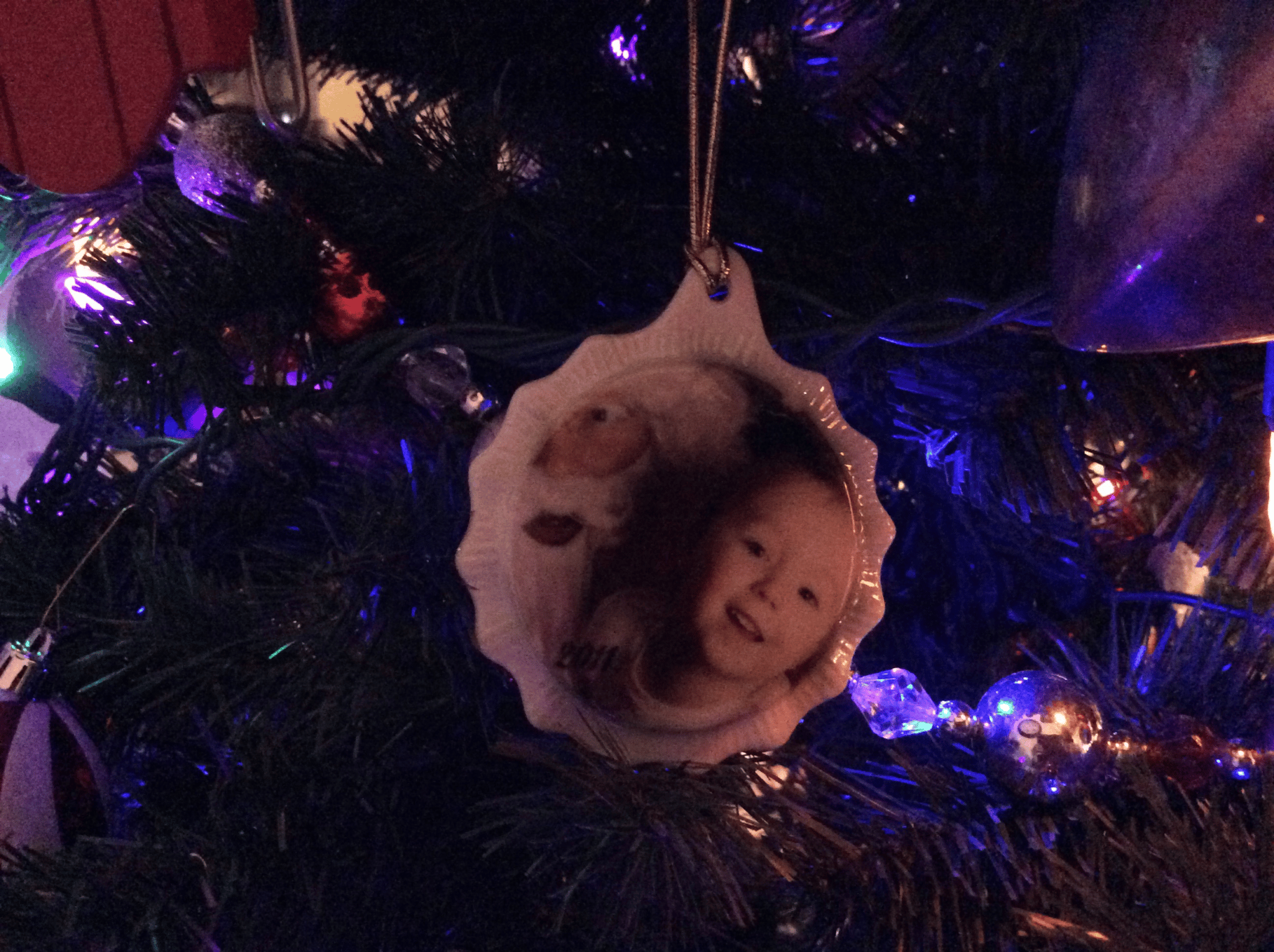Sensory Modulation & Santa
Smelling cookies baking in the oven. Hearing Christmas carols being sung. Seeing bright lights flicker and flash throughout the community. Everyone knows that it is time for the holiday season! However, for many children, the things that evoke warm holiday memories in many of us are overwhelming. In July 2014, 1% of children in the United States had a diagnosis with autism spectrum disorder (ASD) and another 5 to 16% were diagnosed with some type of sensory processing disorder. Sensory modulation typically occurs quite naturally in children, as babies learn to navigate their world through the sense of touch, smell, taste, sight, and hearing. Through their proprioception “sense of self”, children are aware of their body in the space around them (why children typically get really dizzy when they spin around). Children with ASD and sensory processing disorder lack that naturally occurring sensory modulation. Simply put, their bodies process the world a little bit differently. Lights may seem brighter. Sounds may seem louder. That tag on the back of their shirt may be so itchy they can’t concentrate on anything else. Ask my child how she can spin for an hour and never get dizzy!
Recently, the Autism Society of Alaska (ASA) in Fairbanks hosted Sensory Santa. Twenty children were able to visit with Santa in a relaxed and non-overly stimulating environment. Malls across the United States are appealing to families who want their children to experience this very normal occurrence during the holiday season: being able to sit on Santa’s lap and tell him what they want for Christmas. Malls have begun opening early, so children can visit with Santa outside the regular mall hours to avoid the typical hustle and bustle that the holiday shopping season brings. ASA’s Facebook was filled with appreciative families that their children were able to have a positive experience with Santa this year.
Early in December, Dr. John McEachin from Autism Partnership (AP) spoke to parents in the school district regarding this very topic. AP’s belief is that children can adapt to the world through exposure to that world versus changing the world to suit the child. I think many parents would agree that exposing children to sitting on Santa’s lap throughout the year is not an easy task. However, there are plenty of opportunities everyday where families can expose their children to different things in the environment that might bother their children, like the sounds of vacuum cleaners and hair dryers come to mind. It took nearly two years for my daughter with autism to tolerate hearing a dog bark and being able to actually touch a dog without going berserk. A little exposure everyday with increasingly amounts of time can really make a difference in the long run. In the meantime, while children learn how to adapt to the world around them, I am glad that they are able to visit with Santa and enjoy this time a year. Happy Holidays!
For more information on sensory modulation disorders: http://nspt4kids.com/healthtopics-and-conditions-database/sensory-modulation/
http://www.ucsf.edu/news/2014/07/116196/kids-autism-and-sensory-processing-disorders-show-differences-brain-wiring
This post was written by Susan Tanori, Fairbanks Stone Soup Group Parent Navigator.


